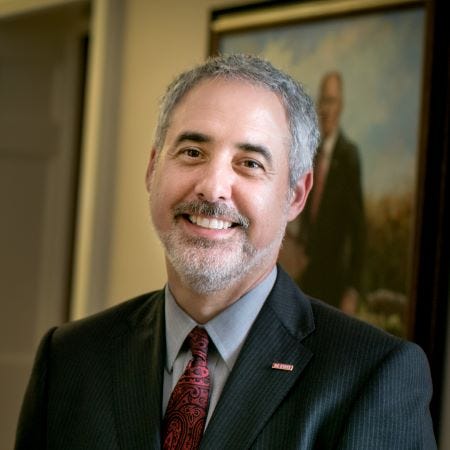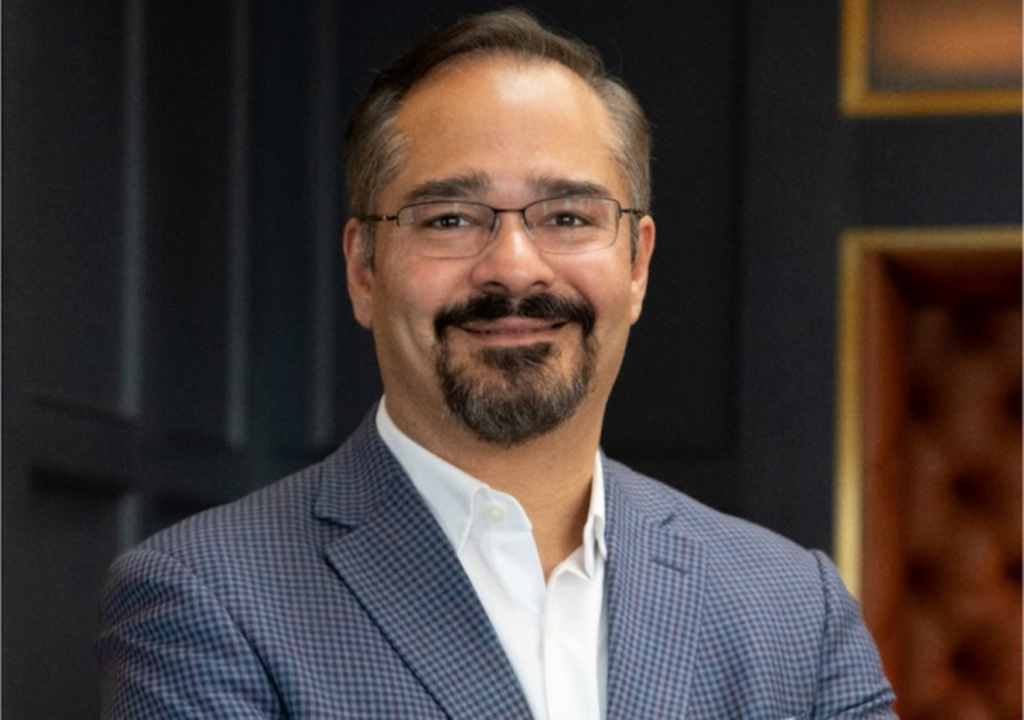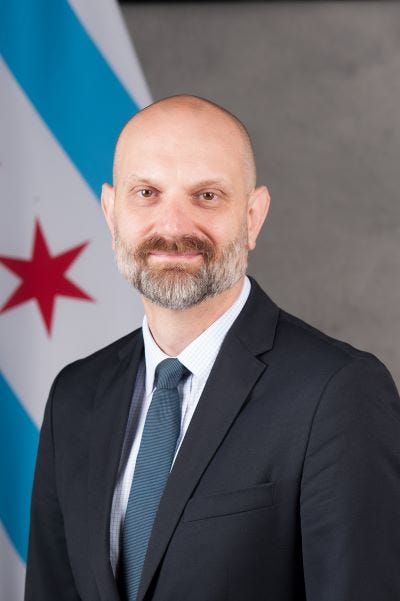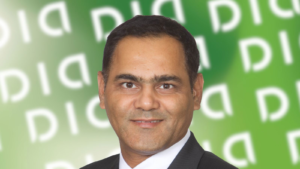NCSU CIO Marc Hoit Talks Fed Funding Limbo, AI’s Role in Shrinking Talent Pool
When Marc Hoit came to North Carolina State University (NCSU) in 2008 to take on the role of vice chancellor for information technology and chief information officer, the school and its IT operation looked much different. Hoit had left his role as Interim CIO at the University of Florida, where he was also a professional in structural engineering. At the time, NC State had an IT staff of about 210 and an annual budget of $34 million. Fast forward to 2025, and Hoit now oversees a bigger department with a budget of $72 million. NCSU has a total of 39,603 students. Aside from taking care of the university’s massive IT needs, Hoit’s department must also lend a hand to research initiatives and academic computing needs. Before Hoit’s arrival, those functions were handled by separate departments. The administration decided to merge the functions under one CIO. “They wanted a lot of the IT to be centralized,” Hoit says in a live interview with InformationWeek. “We had a lot of pieces and had to decide how much we could centralize … It balanced out nicely.” That unified approach would prove to be beneficial, especially as technology was advancing at an unprecedented pace. While many find the pace of innovation dizzying, Hoit has a different viewpoint. Related:John Deere’s CISO Is Always Thinking About Cyber Talent Marc Hoit, North Carolina State University “Really, the pace of the fundamentals has not rapidly changed,” he says. “Networking is networking. You have to ask: Do I need fiber instead of copper? Do I need bigger servers? Do I need to change routing protocols? Those are the operational pieces that make it work. You have to change, but the high-level strategy stays the same. We need to register students … we need to make that easier. We need to give them classes. We need to give them grades … those needs are consistent.” The Trump Effect The Trump Administration’s rapid cost-cutting measures hit research universities especially hard. Just this week, the attorneys general of 16 states filed a lawsuit to block the administration from making massive federal funding cuts for research. And earlier this month, 13 US universities sued to block Trump’s cuts to research funding by the National Science Foundation. Cuts from the National Institutes of Health (NIH) and the US Department of Energy also sought to cap funds for research. Hoit says people may want to see less government spending but may not realize that the university already picks up a substantial share of the costs for those research projects. “We’ll have to adjust and figure out what to do, and that may mean that grants that paid for some expensive equipment … the university will have to pick up those on its own. And that might be difficult to accomplish.” Related:How Constructive Criticism Can Improve IT Team Performance Hoit says NCSU is in a somewhat better position because its research funding is more spread out than some public institutions. “If you were a big NIH grant recipient with a medical school and a lot of money company from grants, you probably got hit harder. In our case, we have a very interesting portfolio with a broader mix of funding. And we have a lot of industry funding and partnerships.” The Trump administration’s aggressive tariff policies have also impacted universities, who must attempt to budget for hardware needs without knowing the ultimate impact of the trade war. On Wednesday, the US Court of International Trade halted the administration’s sweeping tariffs on goods imported from foreign nations. But legal experts warn that the block may be temporary as the administration expects to appeal and use other potential workarounds. Hoit says the university learned lessons from the first Trump administration. “The writing was kind of on the wall then,” he says. “But a lot of the vendors are trying their best to manufacture in the US or to manufacture in lower tariff countries and to move out of the problematic ones.” Related:The Death of the CIO? Why Some Companies Are Eliminating the Role He said the COVID 19 pandemic was also a learning opportunity for dealing with massive supply chain disruptions. “[The pandemic] taught us that the supply chain that we relied on to be super-fast, integrated and efficient … you can’t really rely on that.” Shrinking Talent Pool and AI Solution According to the National Center for Education Statistics (NCES), colleges and universities saw a 15% drop in enrollment between 2010 and 2021. NCSU has largely bucked that trend because of explosive growth in the Research Triangle Park area of the state. But the drop in higher education ambition has created another problem for IT leaders in general: A shrinking talent pool. That’s true at the university level as well. AI could help bridge the talent gap but could cause interest to dwindle in certain tech careers. “I keep telling my civil engineering peers that the world is changing,” Hoit says. “If you can write a code that gives you the formulas and process steps in order to build a bridge, why do I need an engineer? Why don’t I just feed that to AI and let it build it. When I started teaching, I would tell people, go be a civil engineer … you’ll have a career for life. In the last three years, I’ve started thinking, ‘Hmm … How many civil engineers are we really going to need?” source
NCSU CIO Marc Hoit Talks Fed Funding Limbo, AI’s Role in Shrinking Talent Pool Read More »













